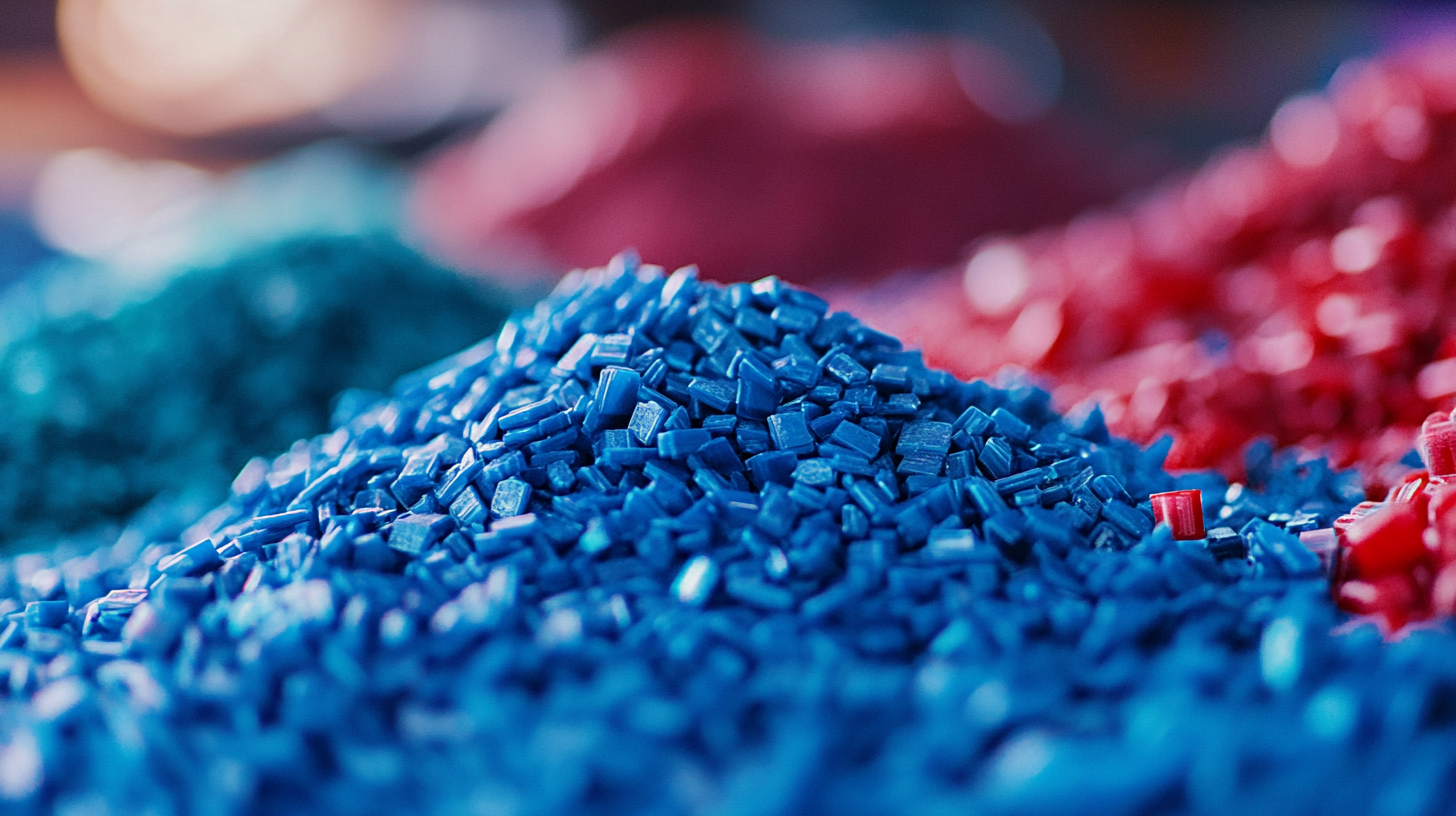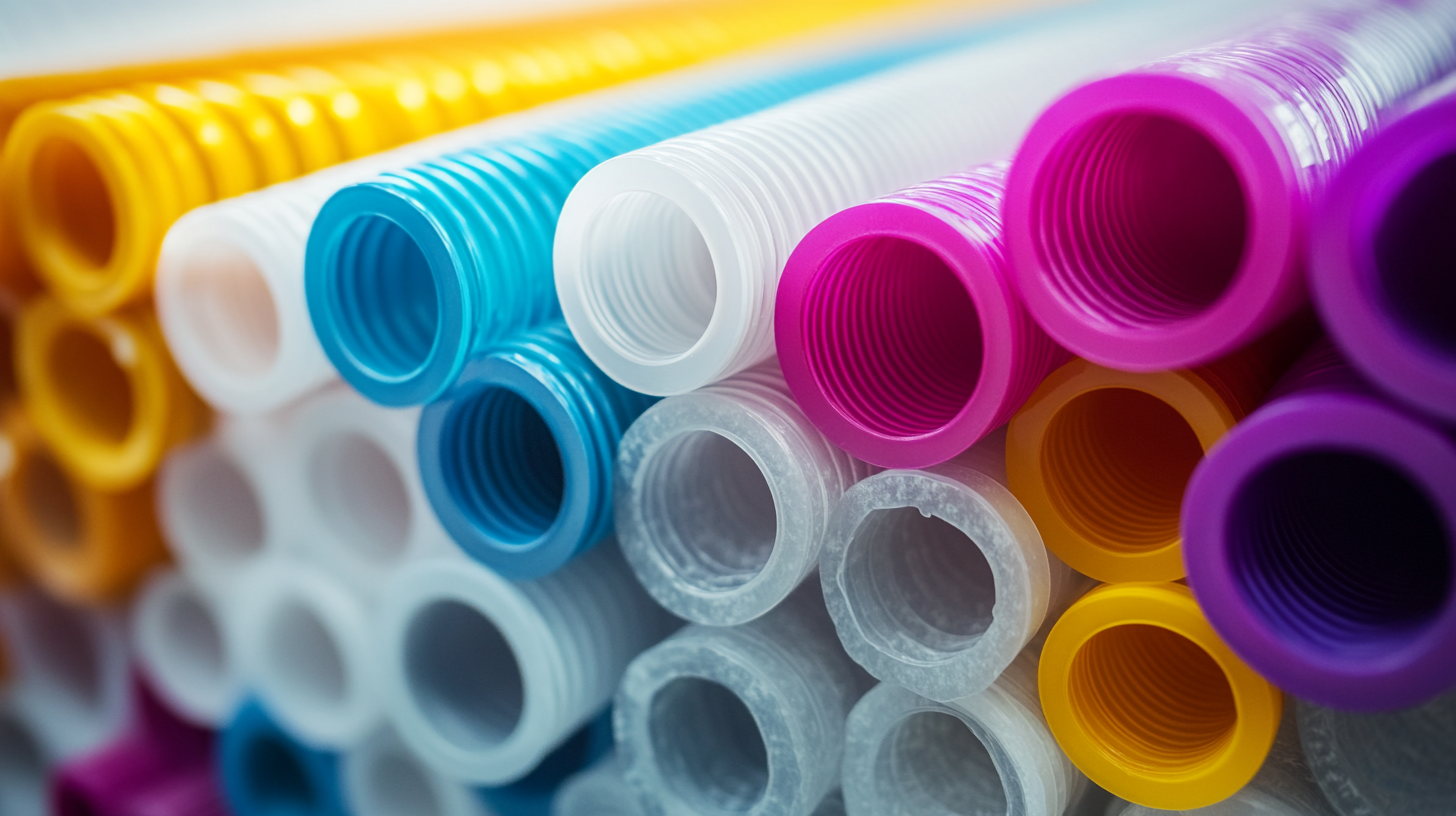Inquiry
Form loading...
- Phone
- E-mail
In recent years, the utilization of HDPE material (High-Density Polyethylene) has surged across various industries, driven by its remarkable strength, durability, and versatility. According to a report by MarketsandMarkets, the global HDPE market is projected to grow from USD 63.9 billion in 2020 to USD 97.1 billion by 2025, showcasing a compound annual growth rate (CAGR) of 8.5%. This growth is fueled by HDPE's widespread applications in packaging, construction, and consumer goods, where its resistance to moisture and chemicals makes it a preferred choice. Additionally, the increasing demand for sustainable materials has prompted many manufacturers to adopt HDPE due to its recyclability and potential for reducing environmental impacts. This blog aims to provide beginners with a comprehensive tutorial on mastering HDPE material, exploring industry applications and offering practical insights on its effective use.

High-Density Polyethylene (HDPE) is increasingly recognized as a premier material for various applications, underpinning its status as a top choice for projects ranging from outdoor furniture to intricate industrial designs. With a density greater than that of regular polyethylene, HDPE boasts remarkable durability and resistance to impact and moisture, making it ideal for outdoor settings. According to recent industry reports, the global HDPE market is projected to grow significantly, driven by its versatility and sustainable production processes, positioning it as a frontrunner in the materials sector.

When selecting HDPE for your project, consider its superior UV resistance, which prevents fading and degradation over time. This makes it an excellent option for outdoor furniture and equipment. Furthermore, HDPE is 100% recyclable, contributing to a circular economy and reducing environmental impact.
Tips: Always check for the RECYCLE symbol on your HDPE products to ensure you're supporting sustainability. Additionally, when choosing HDPE for construction, look for materials that are certified for safety and quality to guarantee longevity and performance. Lastly, consider the thickness and weight of the HDPE material, as these factors will affect the structural integrity and usability in your specific application.
High-Density Polyethylene (HDPE) is increasingly recognized for its versatility and durability, making it a preferred choice in various applications. One of the key properties of HDPE is its high strength-to-density ratio, which allows it to withstand intense physical stress while maintaining a lightweight profile. This feature is particularly beneficial in packaging where both resilience and reduced weight are crucial, contributing to both safety and efficiency.
Another significant property of HDPE is its excellent chemical resistance. This characteristic enables HDPE materials to endure exposure to a wide range of chemicals without degrading, making them ideal for industrial applications, including the automotive sector. Additionally, HDPE's weather resistance ensures that it remains stable and functional, even in extreme environmental conditions. Its long-lasting nature not only enhances the durability of products but also positions HDPE as an eco-friendly option, facilitating recycling and reducing waste in landfills.
The growing demand for HDPE across various markets reflects its adaptability and reliability. As industries evolve and look for sustainable materials, HDPE's properties will continue to play a pivotal role in shaping the future of manufacturing and product design.
High-Density Polyethylene (HDPE) is an extraordinarily versatile material, making it a favorite in various industries. One of its primary applications is in packaging, where its durability and resistance to impact play a crucial role. According to the Plastics Industry Association, the demand for HDPE packaging is projected to reach $60 billion globally by 2025, driven by its recyclability and lightweight properties. This makes it ideal for products ranging from bottles to containers, ensuring both functionality and sustainability.
Another key application of HDPE is in the construction industry, particularly for piping systems. The American Society for Testing and Materials (ASTM) states that HDPE pipes have a lifespan of over 50 years, which significantly reduces maintenance costs and enhances infrastructure reliability. Furthermore, HDPE is increasingly utilized in automotive manufacturing, where its strength-to-weight ratio has improved fuel efficiency while maintaining safety standards. With such wide-ranging applications, understanding HDPE's unique properties can lead to innovative solutions across multiple sectors, vastly improving product performance and environmental impact.
When it comes to mastering HDPE (High-Density Polyethylene), understanding the right tools and techniques is crucial for beginners. Here are three essential tips that can help you get started on your HDPE projects effectively.
First, invest in the right cutting tools. A fine-toothed saw or specialized HDPE cutting tool can help ensure precise cuts without splintering the material. Proper cutting is vital for achieving clean edges that fit together seamlessly, which is particularly important in applications like piping or crafting structures.
Next, familiarize yourself with joining methods. Whether using heat welding, solvent welding, or mechanical fasteners, understanding these techniques will allow you to create strong, durable connections. For beginners, starting with mechanical fasteners may be the easiest way to ensure reliable joins while you practice mastering more advanced methods like heat welding.
Lastly, consider the environmental factors when working with HDPE. Ensure that your workspace is well-ventilated when using adhesives or heat, as this promotes safety and a better working environment. Additionally, always wear appropriate personal protective equipment (PPE) to safeguard against any potential hazards while working on HDPE projects. Embracing these tips will set a solid foundation for your journey in working with HDPE materials.
When considering materials for various applications, HDPE (High-Density Polyethylene) stands out for several compelling reasons. Firstly, it boasts exceptional strength and durability, making it ideal for products that require resilience against impact and stress. Unlike materials that can easily crack or degrade, HDPE remains intact under various environmental conditions, ensuring a longer lifespan for your projects.

Another significant benefit of HDPE is its excellent resistance to chemicals and moisture. This property makes it suitable for industries ranging from agriculture to healthcare, where exposure to harsh substances is common. Additionally, HDPE is lightweight, which simplifies handling and transportation, offering practicality for both manufacturers and consumers alike.
Tips for Using HDPE: When working with HDPE, ensure that your tools are specifically designed for plastic materials to avoid damage during cutting or shaping. Also, consider using compatible adhesives for bonding HDPE parts, as standard glues may not provide a reliable hold. Lastly, always store HDPE in a cool and shaded area to maintain its properties and longevity, especially if it's left in direct sunlight for prolonged periods.
